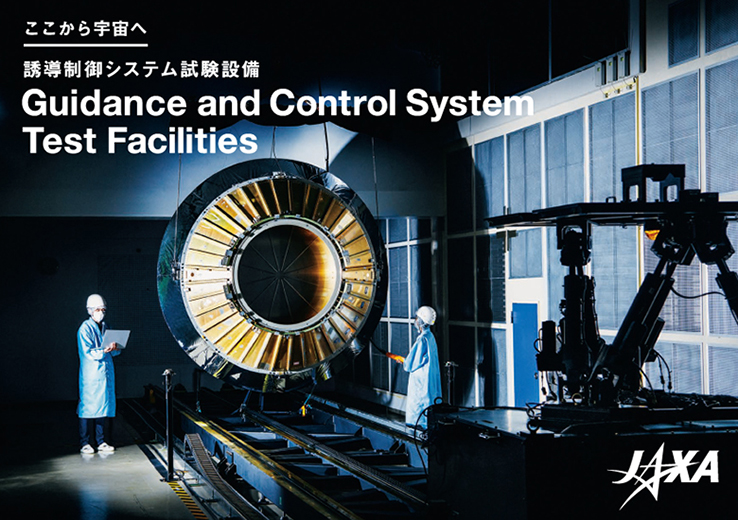The Value of Our Research
Observations of the Earth with spaceborne sensors are becoming more essential for everyday activities on the planet. Remote sensing satellites use the Sun or their own electromagnetic radiation sources to quantify and record the energy reflected back from Earth's surface. We have been researching a sensor system made up of various advanced technologies and the most appropriate satellite constellations with which to capture reflected energy in a wider electromagnetic spectrum and obtain higher precise images, spectrally and spatially.
The sensor systems will provide many benefits to the public by capturing information on the atmosphere, oceans, and landmasses. These data will play a vital role in solving natural disasters and global challenges such as climate change and abnormal weather while benefitting people's daily lives and industrial productivity.
Research Goals
Active optical sensors (LiDAR)

Multi-footprint Observation Lidar and Imager (MOLI) on the ISS-JEM
Passive optical sensors
We have been researching a larger telescope system capable of obtaining higher-resolution images from Geostationary Orbit (GEO).
Electrical wave range sensors
The ground surface cannot be observed by light if there are clouds. However with electrical waves, the ground surface can be observed as they penetrate the clouds. With observation sensor research, we are studying the basic technology and future technology of synthetic aperture radar (SAR).
Basic technology includes research into estimating physical feature values of the target based on the polarization scattering information of the target, research into holography and tomography using ground-based SAR, extensions to the observation frequency range using lower and higher frequencies than have been previously used (for radiometers, up to sub-milli/ terahertz close to light), wide-area observation SAR technology which performs simultaneous observation of multiple frequencies, and increased performance of receiver systems for marine automatic identification systems (AIS) loaded into satellites.

Elemental technologies

Prototype of a terahertz lightweight,
high-precision, composite material antenna
We are also engaging with infrared calibration technology research, in which a method for calibrating the radiometric features of observation instruments and radiometers for the purpose of ensuring traceability is extended to thermal infrared.
*Type II superlattice infrared sensor: a novel infrared sensor consisting of alternating layers of InAs and GaSb. The sensor is expected to exhibit good parameters such as high sensitivity and high operating temperatures comparable to those of the current HgCdTe technology.








